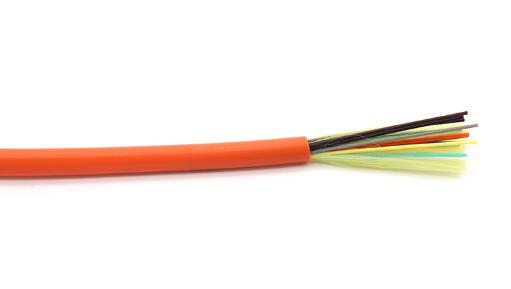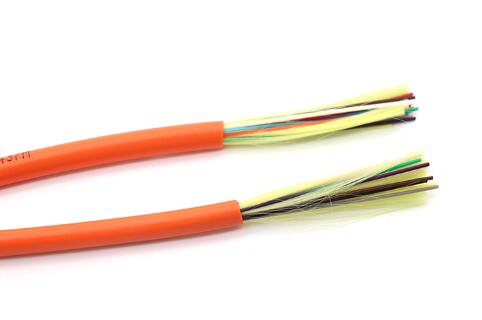What Makes Fiber Optic Cables?
Fiber optic cables have revolutionized the way we transmit information over long distances. These cables are made of thin strands of glass or plastic fibers that carry light signals from one point to another. They are used in telecommunications, internet connectivity, and broadcasting, among other applications. But what makes fiber optic cables so special? In this article, we'll take a closer look at the components and manufacturing process that go into making fiber optic cables.
Components of Fiber Optic Cables
Fiber optic cables consist of several components, including the core, cladding, coating, and strength members. The core is the central part of the fiber optic cable that carries the light signal. It is made of glass or plastic and is the thinnest part of the cable. The cladding is a layer of material that surrounds the core and helps to keep the light signal within the core. The coating is a protective layer that covers the cladding and helps to prevent damage to the core and cladding. Finally, strength members are added to the cable to provide support and durability.
Manufacturing Process of Fiber Optic Cables
The manufacturing process of fiber optic cables is a complex one that involves several steps. Let's take a closer look at each of these steps.
Step 1: Preform Manufacturing
The first step in making fiber optic cables is the manufacturing of the preform. A preform is a large cylindrical piece of glass or plastic that is used to create the core and cladding of the fiber optic cable. To make the preform, raw materials are melted and then cooled to form a solid cylinder.
Step 2: Drawing
Once the preform is ready, it is heated to a high temperature, and a fiber optic cable is drawn from it. During the drawing process, the preform is pulled through a small hole, which stretches and thins the glass or plastic until it reaches the desired thickness. The fiber optic cable is then coated with a protective layer and wound onto a spool.
Step 3: Cabling
After the fiber optic cable is drawn, it is time to create the actual cable. This is done by taking several fiber optic cables and twisting them together into a bundle. The bundle is then covered with strength members, and a protective outer jacket is added.
Step 4: Testing
Before the fiber optic cables are ready for use, they must be tested to ensure that they meet the required specifications. The cables are tested for factors such as attenuation (the loss of signal over distance) and bandwidth (the amount of data that can be transmitted). Once the cables pass these tests, they are ready for installation.
Conclusion
Fiber optic cables are essential components of modern communication systems. They are faster, more reliable, and can carry more data than traditional copper cables. The manufacturing process of fiber optic cables is a complex one that involves several steps, including preform manufacturing, drawing, cabling, and testing. Despite the complexity of the process, fiber optic cables have become more affordable and accessible in recent years, making them a crucial part of our daily lives. As technology continues to advance, fiber optic cables will undoubtedly play an even more important role in how we communicate and share information. We are a fiber optic cable supplier. If you are interested in our products, please contact us now!


评论
发表评论